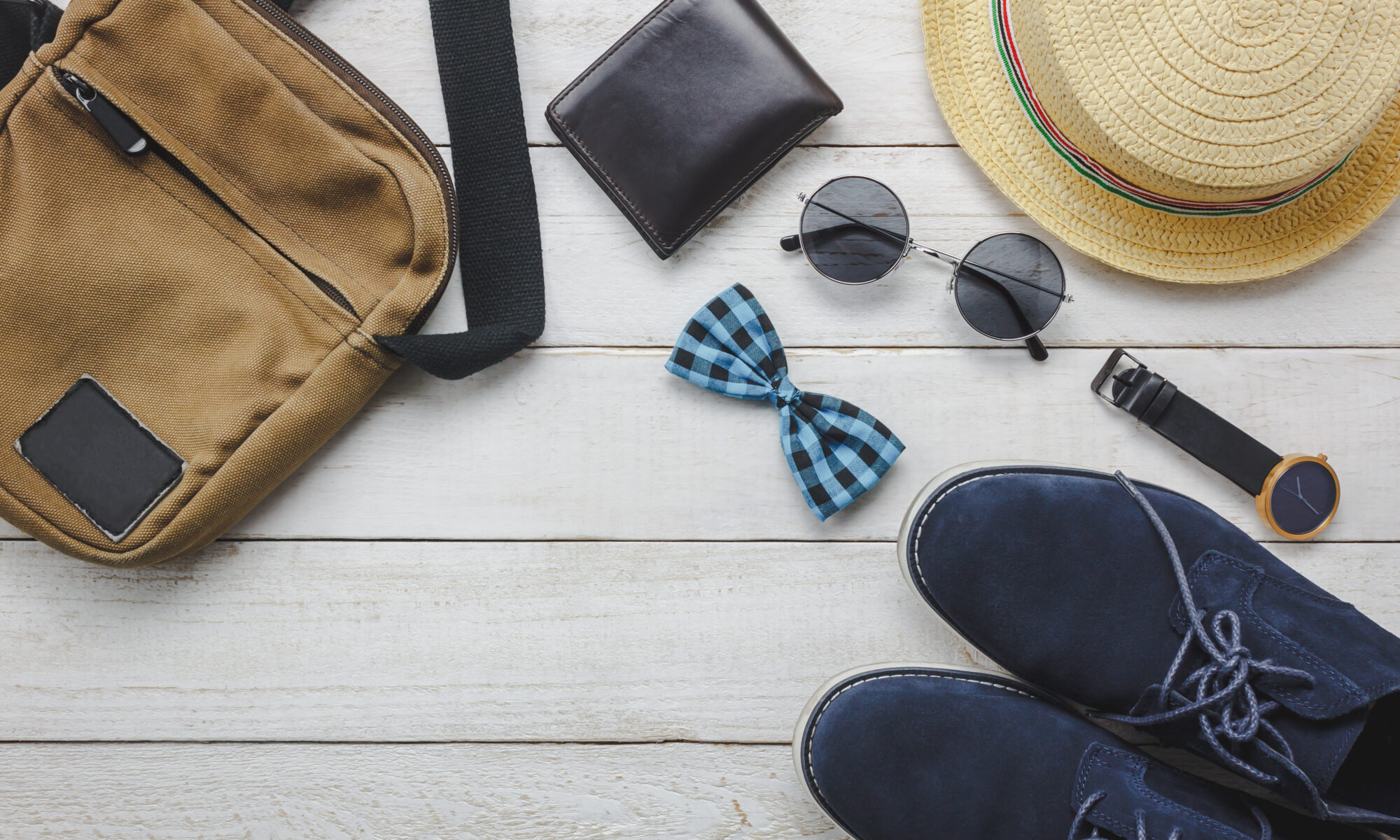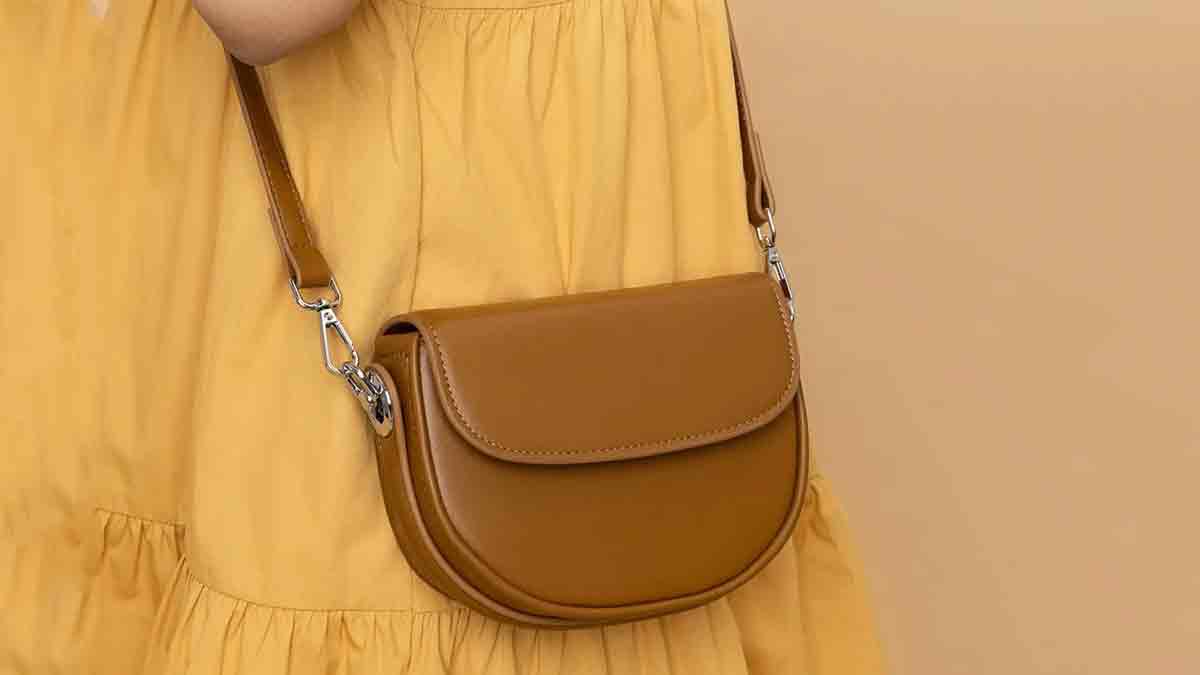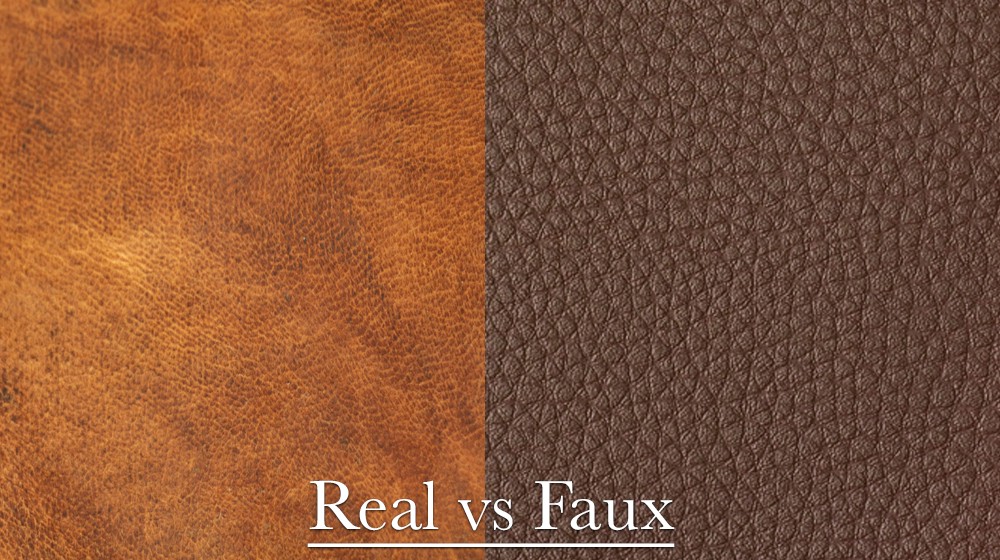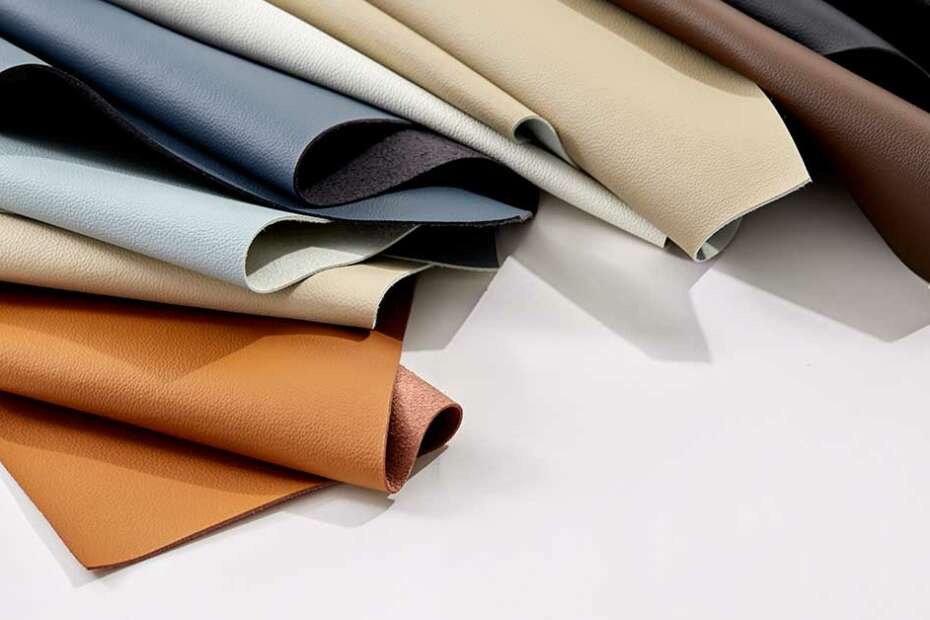Sling it, wing it
Denims are a classic and we think sling-bags should also be called classic!
Sling bags are easy to carry and have become a favourite of everyone around the globe. Lately it has gained love and attention from Kareena Kapoor and Priyanka Chopra.
A sling bag is a fashion must have. It is versatile and can be styled with just about anything- from formals to maxi dresses. Here are scenarios where you can use sling bags.
- The sling as a friend
To store all the products, you need as a multitasker a sling is perfect for you. From chap sticks to combs to scarves!
- The sling to add a pop of colour
For all the times when you want to dress in light colours, a bright sling bag can add that much needed pop of colour, while adding a layer of functionality.
- Criss cross
Instead of wearing your sling bag traditionally wear it as a fanny pack. Works equally well.
Since there are very few sling bags that go with formals, try dressing casually when you are in the mood to sport one. Tight-fit denims, long loose sweaters, cardigans, tees and tops go best with sling bags.
If you are planning to wear a dress try and carry a smaller bag. When it comes to footwear, boots go best with sling bags. You can also wear a pair of canvas or sneakers while carrying a sling bag. Sling bags go great with long skirts and maxi dresses. Basically sling bags can be dressed down or up and literally with anything and everything!
Case it up
Today we thought we’d talk about laptop cases and how to know the right one for your laptop and you!
- The most basic question of course is does your laptop fit into the case? Make sure the laptop fits comfortably into the case. It shouldn’t move around much but you must be able to put in your hand easily into it to remove it.
- The texture of the case matters too! Get something soft not hard like the traditional briefcase. A soft case will hold the laptop more securely, whereas a laptop in a hardcase tends to move around and may cause damage to the outer body of the laptop.
- Storage. A case with a few pouches is more convenient. We need pouches for storing accessories like say paper clips for example, office supplies or important documents, pen drives, hard discs and other things you usually carry around with you.
- Your case should open to display two large and separate areas. You can slide your laptop into one and put paper, notepads, or computer accessories into the other area.
- Zippers are preferred over snaps, buckles, or latches. Be sure however that the zipper isn’t touching the laptop or is too tight and hence might end up damaging the laptop.
- Having an easy-access pouch on the case’s outside helps with storing important documents and other things that you need to grab and go.
- Something to hold on to your case like a handle or if not a handle then make sure there’s a side strap that is long enough.
- A backpack can also make a great laptop carrying case. Most backpacks nowadays have a compartment to safe keep your laptop. The bonus of a backpack is that shouldering the backpack keeps both your arms and hands free and doesn’t feel heavy.
The whole point of a laptop case is to protect. Make sure that these above points are taken care of for a longer and optimum life of your laptop. Make sure every point out of this list is checked out and if not all then choose what floats your boat.
Bags Bags Bags!
We are back yet again! In this blog we would like to just give a brief account on the types of women’s bags you can buy- online or not.
Before we go ahead we would like to warn you that the choices are crazy! Let’s go shop bags online!
- Shoulder bag– The shoulder bag is a classic. It was once the main handbag type of the ’90s, and is back with a bang. It’s an easy bag to hold and style. Wear it on your shoulder, carry it in your hands or use it as a clutch.
- Crossbody bag– Crossbody bags are supreme, because of their hands free appeal. Throw one across your body and forget about struggling to carry bags and phone in your hands.
- Micro mini bag– The micro minis of today are mostly useful for an evening out, and advised to use when only your lip-gloss, your I.D., and phone are the tings you will need.
- Bucket bag– The bucket bag craze slowed down a bit in recent years, but it will never go out of style. The new bucket bags are bigger and made with better leather and have no doubt become even more stylish.
- Backpack– Backpacks have no longer remained just for schools or kids. Backpacks are great for days when you want to walk a lot or have gone shopping. Hands free is the best way to be! Make sue to check bags online.
- Clutch– At one point, clutches had completely disappeared from our modern busy lives. As vintage styles became more mainstream, the clutch has resurged in the industry. Cool over-sized styles and interesting fabrics are a must try to elevate your fashion trend.
Make sure you choose the right and perfect one for your outfit and of course according to your day planned. Colour also plays a very important part. A basic guide is to wear complementary colours, prints with no prints and maybe you could also try going monochrome… Have fun and experiment.
Leather For Every Weather
Depending on the time of year you’re likely to encounter three typical weather types in India – scorching summers, bone-chilling winters, and road-flooding monsoons. Here’s how you can prepare your leather menu for each of these seasons.
Summer: Good for leather, just take these precautions
Keep your leather items in a cool, dark place like the back of your cupboard. If you live in a humid zone you should also add some silica gel sachets between the leather items to keep them dry.
You can still wear leather backpacks or belts outside, but too much exposure to direct sunlight is not ideal – it causes the leather to fade and dry out (the moisture and natural oils from the leather evaporate). You might have seen this in older leather sofas & chairs where excess dryness caused it to crack.
Be sure to apply leather conditioner to any large leather items – sofa, backpacks, jackets 3 to 4 times a year, and at least once during the hot season. Do NOT apply any kind of oil like olive oil to these items, it will damage them.
Monsoons: Not the greatest time for leather, but manageable
Real leather always has a few pores and therefore isn’t waterproof. Arguably, rains are the worst time for leather shoes. But you can still wear them if you’re careful – just apply a wax based waterproofing coat beforehand. You will find these products online under the name “bootwax”, “shoe grease” or “leather waterproofer”.
With suede & nubuck, don’t expose them to water at all – they are soft and delicate grades of leather as compared to full grain. You’ll also have to protect those with special suede / nubuck conditioners.
No matter what you do, that pesky rainwater always gets to one leather accessory – your wallet. The best way to maintain one is to empty it, clean off any dirt with a damp cloth, apply leather conditioner and then let it dry at room temperature. (Insert a credit card into each side, in the billfold, to help it retain its shape as it dries)
And once again – silica gel keeps moisture away!
Winter: Leather paradise
Snow in the north, wind in the plains and blue in the skies. The perfect time of the year to go all-out with leather gear. A rugged leather backpack for that trek in Himachal or Uttrakhand.
A jacket and gloves for your bike ride. Matching belts & wallets for your soirees. And perhaps a duffle for your Christmas holiday trip.
Even during the winter, take extra good care of leather goods. Snow, winter rain etc can seep in and do damage if you don’t allow your gear to dry. Follow the drying process mentioned above (for rains). Don’t be tempted to keep leather in front of artificial heat sources like electric heaters or radiators – it will dry too fast and develop cracks.
7 Ways To Determine Whether That Leather Is Real Or Not
Whether you’re planning to gift a belt to a close friend, or perhaps looking out to treat yourself to a leather backpack, it’s always wise to make sure that the product you’re buying is of the highest quality. Here are some ways you can determine the quality of leather – and also whether it’s genuine or not!
- Imperfections are good! Since real leather comes from animals, and no animal skin is absolutely perfect, the end product’s surface will typically have wrinkles, scratches, creases and ‘pebble’ formations. This is an indicator of it being real.
However, do note that manufacturers are also skilled at copying these imperfections to make fake products look real. If you see a specific pattern of wrinkles & creases repeating on the product surface – then it’s just a well-made false leather product!
- Examine the edges. Real leather will have a slight amount of fraying / rough edges and will never be absolutely straight. Machine-made false leather will have edges that are perfectly cut, almost “too good to be true”.
- Smell the product. Getting that classic, musty natural smell? Then it’s real. A product made with false leather will typically smell like plastic and strong chemicals.
The natural smell is a key part of the experience of owning real leather products!
- Read the product label carefully. If it doesn’t specifically say one of the following – real leather, genuine leather, top / full grain leather, made with animal products – then it is almost certainly a synthetic product.
- Wave a lighter quickly across the raw area of the leather. Real leather has good fire resistance, and the worst that could happen is slight charring. Plastic-based materials will shrivel up as soon as the flame hits. Some may even catch on fire instantly!
Note – we don’t recommend using this test unless absolutely necessary, it’ll ruin a small portion of your product.
- The popular ‘water test’ only works for specific types of leather, and should not be used as a final judgement to determine if the product is real or fake. The assumption behind the test is that real leather will absorb water while fake leather will not, however there are several grades of real leather which do not absorb water either.
- Finally, note that the colour of leather has absolutely no relation to it being real or fake! Even the best quality real leather can easily be dyed any colour from bright yellow to deep blue to regular brown.
You can be assured that all Camelio products are crafted using 100% real leather. We source our materials from a variety of locations, with leather coming from Spain, Italy, Egypt, India, etc. Our non-leather elements like stitching threads, metal elements and fabric are also carefully chosen for their quality. Our thread is imported from Germany, and is manufactured by Gutermann. Metal elements across our product range are made from a special corrosion-resistant zinc alloy. We can confidently say that our products are durable enough to retain their look and feel for several years of use!
Leather Terminology
If you’re a leather lifestyle devotee like us, you are probably more interested in learning about the various terms used in the leather world. Here are a few to get you started!
Grain: This refers to the natural markings on the surface of leather. Read our other article for more on full grain, split grain etc.
Patina: A ‘luster’ look that comes naturally as the leather ages.
Hand: The softness or the feel of a particular type of leather.
Buffing: A process used to minimize surface level imperfections in the hide. It makes the final product a little more uniform, but also brings out some natural grain that makes every leather product unique.
Finishing: This refers to the application of a clear or pigmented coat onto the hide. The purpose is to provide resistance to abrasion, stains etc while enhancing the product’s colours. Finish may be applied multiple times to increase stiffness, depending on the end use of the leather.
Sauvage: This is a 2-tone effect that adds more depth.
Milling: A natural process to soften the leather, where it is tumbled in a dry drum.
Embossing: This is a process of mechanically imprinting a pattern onto the surface of the leather. Eg. Alligator print, snake print, etc.
Why Nothing Can Replace Leather
Leather is one of the most versatile materials known. This is due to the unique arrangement of complex natural fibres that shows up like a variation on the different types of hides and skins. Chemical and physical processes are tailored to give specific properties and performance to the hides and skins as they are converted into leather and that is called TANNING.
Here we try to ponder upon some of the most important variations of key leather properties.
Water Resistance or Water Absorption
Leather can be made to absorb water, resist water or be completely waterproof. Most leathers manufactured for the shoe, bag, upholstery and leather goods industries offer a degree of water resistance that enables the leather to get wet yet, after drying, retain the properties of elasticity and shape. Many leathers for leather goods are treated to avoid marks from water spotting in light rain.
Waterproofing can be done for any kind of leather which make it repel water but reverse side of it can absorb.
Thickness- as thin as fabric and as thick as a shoe sole!
Skins produce thin leathers that can be used for bookbinding, gloves, lining and garments; they have outstanding softness. Medium thickness leathers, on the other hand, are more widely used for upholstery, automotive parts, shoes, bags and leather goods, whereas thick leathers are used for footwear soles and crafts.
Softness and Hardness
The softness of a leather is usually associated with its thickness and character. The thinner the leather, the softer it will be. But there are other variables that make leather softer, particularly the type of tannage: generally speaking chrome tanned will be softer; aldehyde type tanning less soft and vegetable tanned leather firmer. Just for the fact, a shoe or leather belt bends 1 million time before it has any sign of fold mark. Such flexible and resilient is leather.
Water Vapor Permeability
Often called ‘breathability’, this characteristic allows moisture and air to permeate through the leather. This property is particularly important for shoes’ comfort; as the foot sweats it can produce large amounts of moisture that move through the leather to the outside, keeping the inside of the shoe drier and more comfortable, with a lower moisture level. Waterproof








